DNVN - Mr. Pham Xuan Hong - Chairman of the Ho Chi Minh City Textile, Embroidery and Knitting Association said that orders from textile and garment enterprises are recovering relatively well. In the second half of 2024, the industry's growth is expected to increase by 15% compared to the first half of the year.
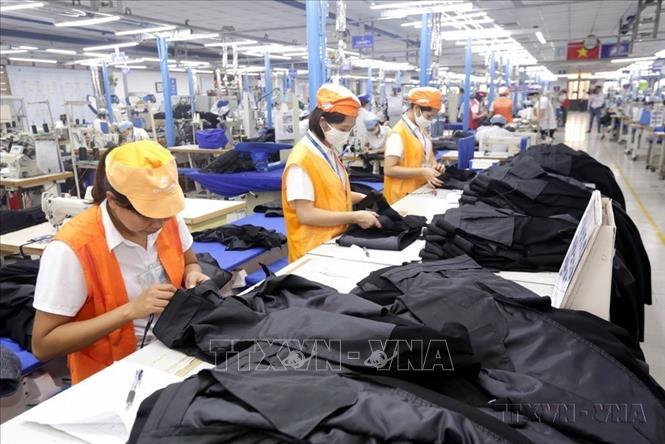
Mr. Pham Xuan Hong - Chairman of the Ho Chi Minh City Textile, Embroidery and Knitting Association said that orders from textile and garment enterprises are recovering relatively well. In the second half of 2024, the industry's growth is expected to increase by 15% compared to the first half of the year.
According to Mr. Pham Xuan Hong, the recovery of orders is a good sign but also makes textile and garment enterprises struggle to recruit more workers. In fact, the labor shortage is not only happening to textile and garment enterprises now. Thanks to the increase in orders, many enterprises have recruited since the beginning of the year. For example, Song Ngoc Garment Company Limited (Ho Chi Minh City) opened a new sewing line, so it has to continuously recruit workers but is still lacking. Or Viet Hung Joint Stock Company has already opened a production line and needs to recruit about 200 more workers to start working immediately.
Recruiting workers is difficult even for large companies with high salaries and good social benefits. According to a representative of Nha Be Garment Joint Stock Corporation, businesses do almost everything they can to attract recruitment, including going to job service centers, participating in recruitment fairs, posting jobs on reputable recruitment sites... but it is still ineffective. It is forecasted that from now until February 2025, there will be a situation of "pushing" orders from partners, and the company may have to recruit more seasonal workers to meet the production pace of orders.
Explaining the labor shortage of textile, garment and footwear enterprises, Ms. Phan Thi Thanh Xuan, Vice President of the Vietnam Leather, Footwear and Handbag Association, analyzed that in the past, due to the decrease in orders, many workers returned to their hometowns or switched to other jobs. Now, enterprises have increased orders but it is difficult to recruit, putting pressure on the labor shortage problem. If enterprises cannot find long-term workers, they will recruit seasonal workers for quick training to meet immediate production needs. Therefore, currently, in addition to improving machinery and equipment, enterprises work overtime to ensure that they can follow the delivery plan for partners. In addition, production costs are high, and living costs for workers are also increasing. Therefore, increasing income for workers is a very difficult problem for enterprises.
In particular, the end of the year is the production season not only for the textile and footwear industry but also for many other industries, so there is a massive recruitment of workers, making recruitment, including seasonal labor, difficult. In addition, due to the difficult order period in 2023 and the first half of 2024, businesses lack orders, forcing businesses to reduce working hours and reduce labor. Unemployed workers return to their hometowns, may switch to other jobs and not return to work, so the shortage becomes even more severe. To solve the problem of labor shortage, Ms. Phan Thi Thanh Xuan said that it is very necessary for businesses to invest in machinery and equipment and improve production capacity. Businesses also need to increase subsidy policies to retain workers.
On the business side, in order to take advantage of the market opportunity that is gradually "warming up", businesses hope that credit institutions will not continue to cut credit limits and increase lending rates. Along with that, increasing input costs, such as increasing regional minimum wages and increasing electricity prices, will further increase pressure on businesses, while order prices do not increase or are even negotiated down. To support businesses to overcome this difficult period, the State needs to have policies to reduce pressure on increasing input prices to create better competitive advantages for businesses.
Data from the Vietnam Textile and Apparel Association also shows that the total export turnover of the textile and garment industry in the first 9 months of 2024 exceeded the 32.5 billion USD mark, an increase of 9.2% over the same period, the export target of 44 billion USD of Vietnam's textile and garment industry in 2024 is very feasible. With the recent positive situation, the association assesses the possibility of achieving this target as very high because the end of the year is the peak time for orders and production during Christmas and Lunar New Year.
It is forecasted that Vietnam’s textile and garment import and export will continue to be positive in the coming months, because according to cyclical factors, demand for goods often increases sharply in the last months of the year. Vietnam’s main export markets are warming up and have grown again, such as the US, South Korea, Japan, Canada… but the EU market’s growth rate is still low.
According to the Vietnam Textile and Apparel Association, in 2024, the textile and garment industry aims to achieve a total textile and garment export turnover of 44 billion USD, an increase of 9% compared to 2023. With an accumulated 8-month turnover of over 28 billion USD, on average, from now until the end of 2024, each month needs to reach an average turnover of 4 billion USD. However, the second half of the year is also the peak for orders and production during Christmas and New Year, so with the growth momentum in 2 consecutive months, the industry's chances of reaching the finish line are relatively high.
Similarly, for the leather and footwear industry, exports in the past 9 months are estimated to reach 20 billion USD. If the current recovery rate of 10% can be maintained, it is expected that leather and footwear industry exports will reach about 27 billion USD in 2024.
Ms. Phan Thi Thanh Xuan - Vice President and General Secretary of the Vietnam Leather, Footwear and Handbag Association said that orders are currently recovering, many leather and footwear enterprises have orders until the end of 2024, some enterprises have orders until the first quarter of 2025. Ms. Xuan also said that the double-digit growth achieved is quite positive. In 2024, it is likely that the leather and footwear industry will reach the finish line with 27 billion USD. According to some leather and footwear manufacturing enterprises, orders received until the end of 2024, currently there are companies that have received orders until January and February 2025.
According to many businesses, since the fourth quarter of 2023, the textile and footwear market has shown signs of warming up. Total textile and garment demand in 2024 is forecast to increase by 5-6% compared to 2023, although it is not equal to the period before the COVID-19 pandemic. Many businesses have orders until the end of 2024 and are negotiating orders for 2025.
According to VNA
Source: https://doanhnghiepvn.vn/kinh-te/don-hang-tang-nhung-thieu-lao-dong-kho-khan-van-bua-vay-nganh-det-may-da-giay/20241021104919587









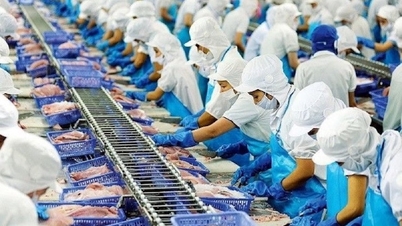


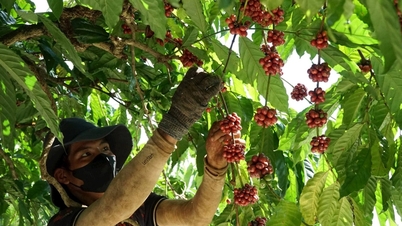



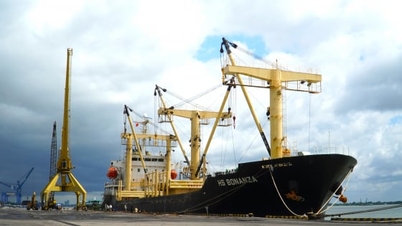



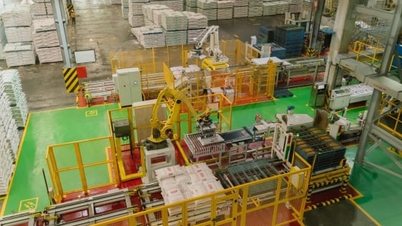



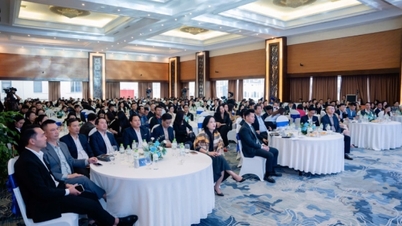





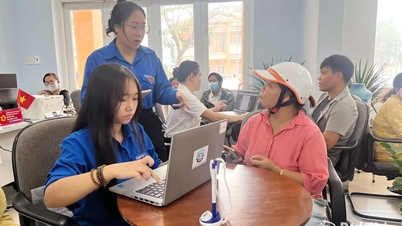
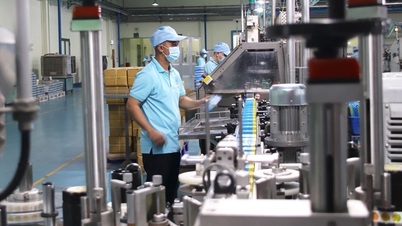



































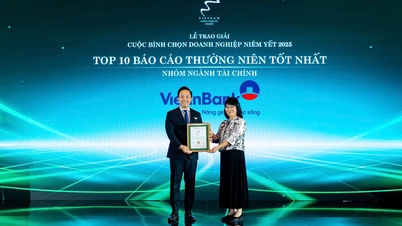

















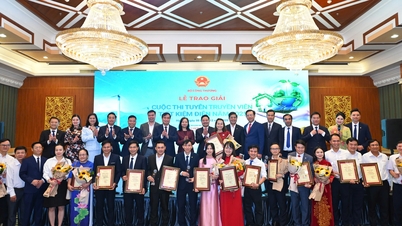





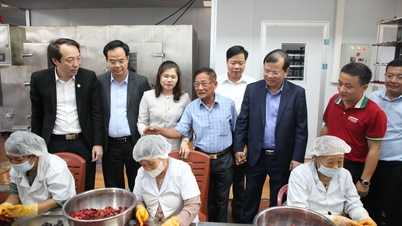



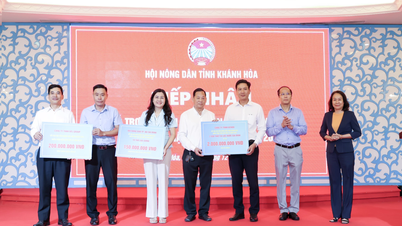


















Comment (0)